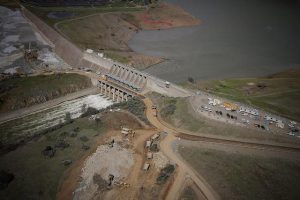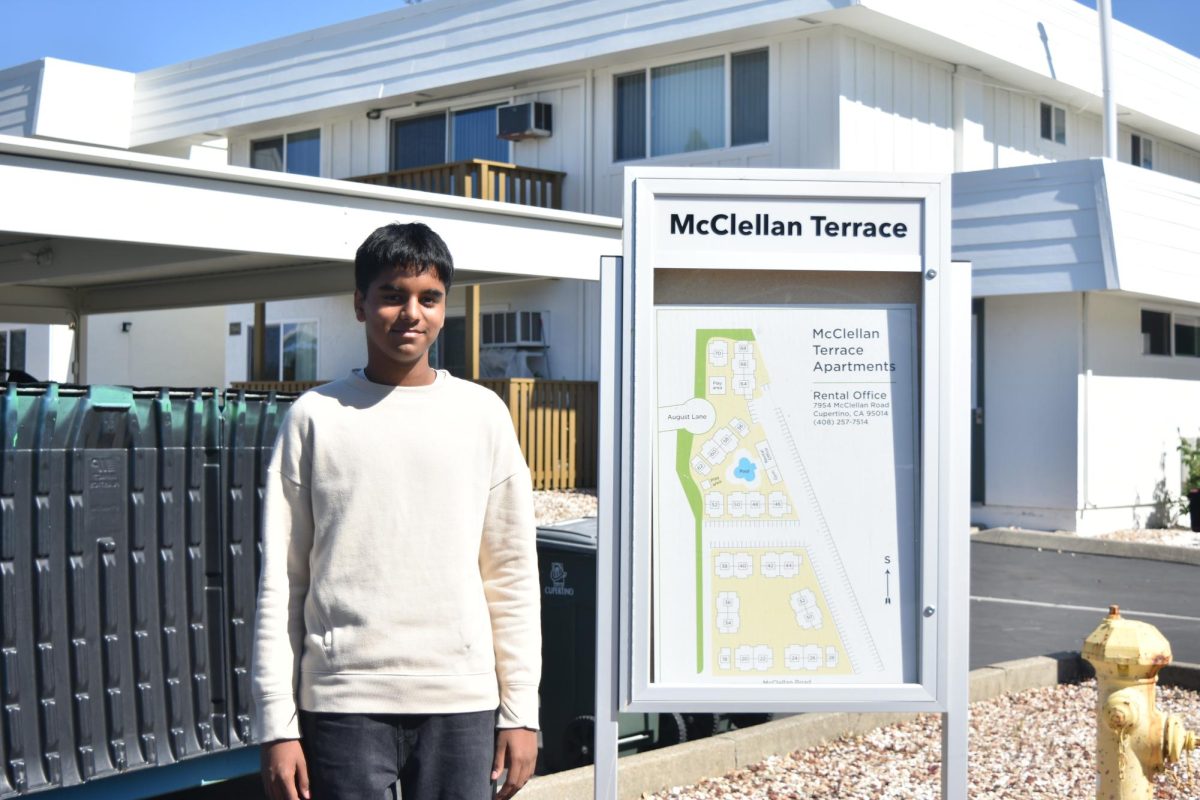Calif. has been experiencing a heavy amount of rain in the past couple of weeks, and the empty, cracked and dried reservoirs are filling up just as they had shriveled up when the drought first occurred. The same can be said for the Oroville reservoir, located in the city of Oroville, situated on the foothills of the Sierra Nevada— but the excess amount of water collecting within the reservoir has caused major problems for the Oroville dam.

Citizens living within the town as well as the neighboring areas of Chico, Butte County, Marysville and Yuba County awoke to startling news on Feb. 14, when they were informed that the Oroville dam was in danger of over flooding and essentially breaking. About 188,000 people have been evacuated from several Northern California counties as a result.
Having been built about 60 years ago, the dam differs from dams we see now instead of being made up of manufactured concrete, it’s a towering 770 feet wall of earth, and is in fact the tallest dam in the country. The lake behind it contains three and half million acre feet of water and holds the title as the second largest reservoir in California after Shasta Lake.
All that water plays a significant role in California’s water system, a topic which is covered as part of the AP Environmental Science curriculum, alongside dams and water distribution. In turn, AP Environmental Science teacher Andrew Goldenkranz decided to teach his class about the Oroville dam as the current news revolved around all three topics.
Students in Goldenkranz’s class, including junior Anirudh Chaudhary, were given an insight into the dam’s situation and the overall problems it faced. After the lesson, he not only understands the underlying science behind the dam, but the importance of the recent event in terms of our society.
[soundcloud url=”https://api.soundcloud.com/tracks/309092824″ params=”auto_play=false&hide_related=false&show_comments=true&show_user=true&show_reposts=false&visual=true” width=”100%” height=”450″ iframe=”true” /]
“We don’t want our infrastructures to break down — if this can break, what happens to our bridges, roads and all the things we need?” Chaudhary said. “All this water is being directly redirected to Southern California and with all this water gone, things would get a lot lot worse.”
Goldenkranz stresses those monumental consequences California could potentially face as a result of the faulty infrastructure.
According to magazine Scientific American, climate change plays a direct role in the Oroville dam situation as all the rain that hit Northern California this winter can be traced back to a phenomenon known as the atmospheric river, a narrow corridor of concentrated moisture in the atmosphere. In turn, this could lead to problems in the future.
[soundcloud url=”https://api.soundcloud.com/tracks/309094703″ params=”auto_play=false&hide_related=false&show_comments=true&show_user=true&show_reposts=false&visual=true” width=”100%” height=”450″ iframe=”true” /]
Sophomore Hira Ali finds herself frightened when thinking about the future of infrastructures and their correlation with climate change, especially since there’s currently a president that doesn’t believe in it’s existence.
In her mind, informing those who aren’t aware of of the issues occurring now such as Climate Change, and its affects, can create a significant, positive impact on infrastructure.
Before informing others, however, citizens have to find significance in current problems, such as the Oroville Dam.
“We take things like roads, bridges, tunnels and dam for granted we take all of our infrastructure for granted bc we think it’s going to last forever and then it doesn’t.” Goldenkranz said, “you can ignore all of those things and wait for them to add on until it breaks down and it doesn’t work anymore or you can be thoughtful.”












